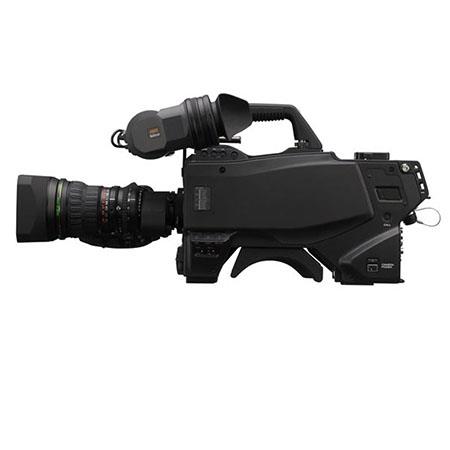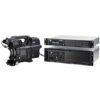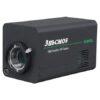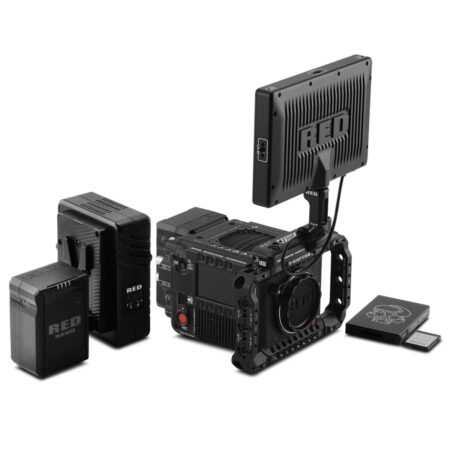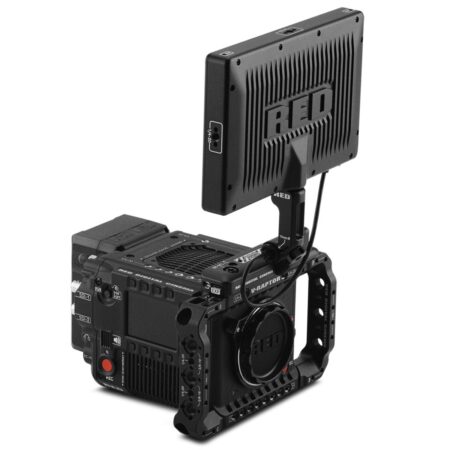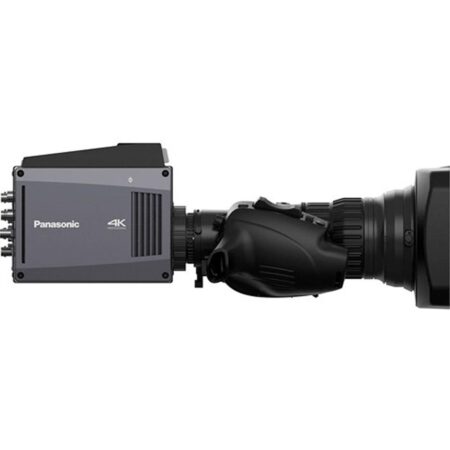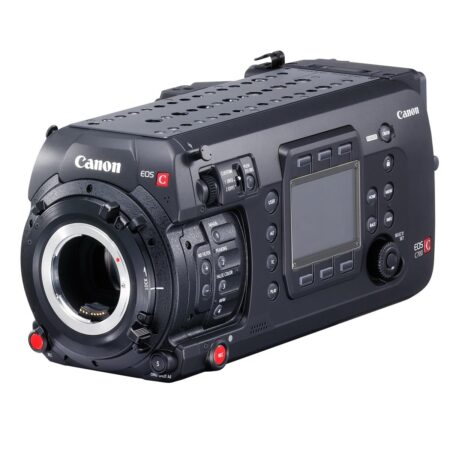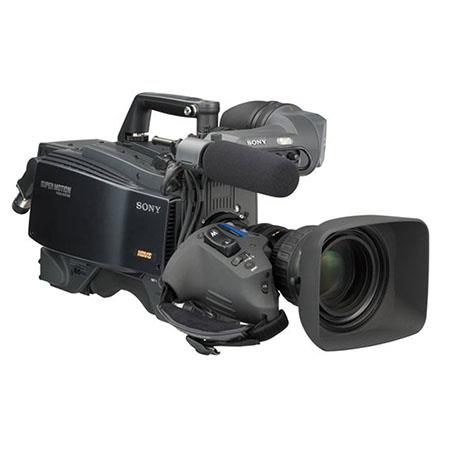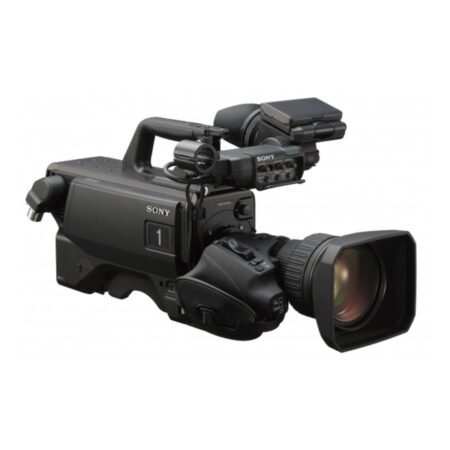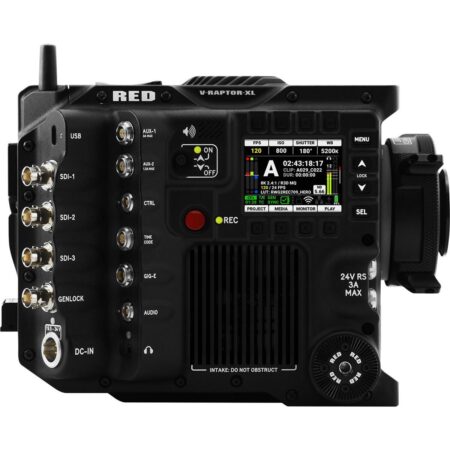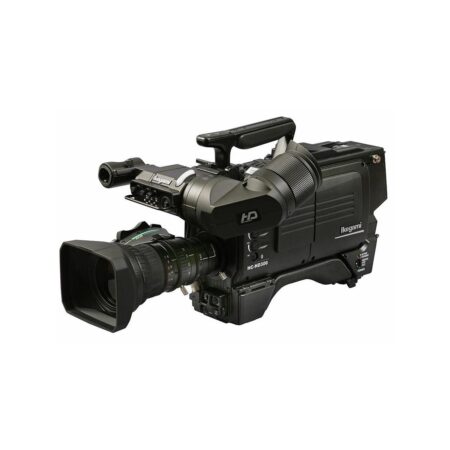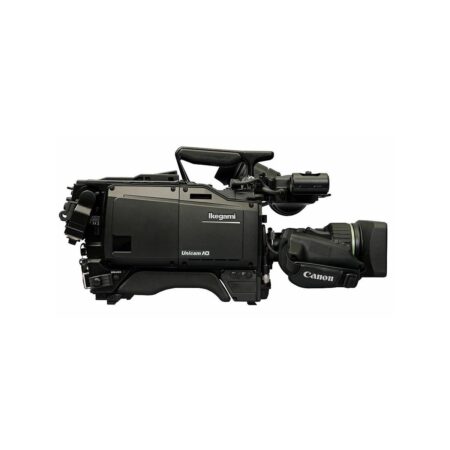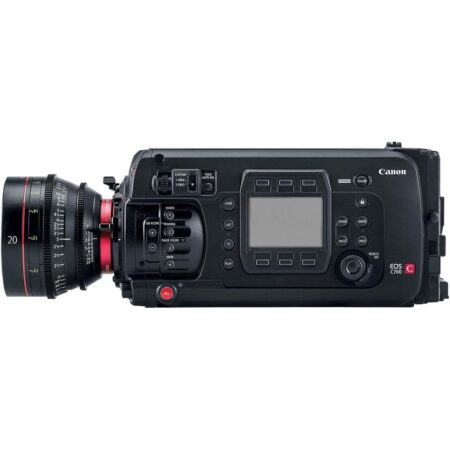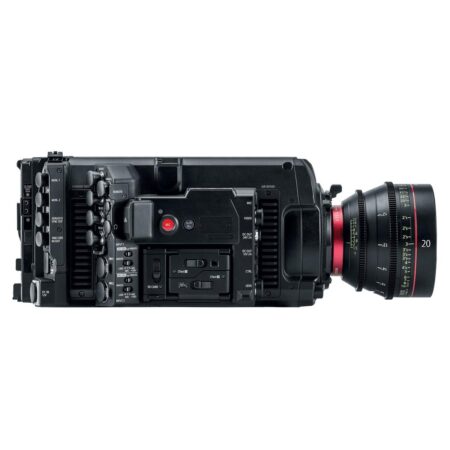Sony HDC2500L Multiformat Camera System
The Sony HDC-2500L is a multiformat camera system equipped with the latest three-chip 2/3-inch type CCD image sensors when combined with the 16-bit A/D converter provides picture quality and pushes the limits of low signal-to-noise ratio of 64Db when using Noise Suppression. The Sony HDC-2500L system offers many unique features including a modern design incorporating a carbon-graphite side panel, and 3G signal transmissions. The Sony HDC-2500L is also compatible with existing viewfinders, master set-up units, remote control panels, and HDC-series compatible large lens adapters making this camera at home in your existing workflow.
Key Features
- Three-chip 2/3-inch progressive CCD
- Newly developed LSI (16-bits A/D)
- 3G signal transmission
- All PSF signal operation including 1080p at 60/50/30/25/24fps
- 2x slow-motion capture
- Compact and lightweight
- Ergonomic design
- Enhanced creative features including Multi-Matrix, Digital Extender, Skin-Tone Detail, Hyper Gamma, and Adaptive Matrix
If production value is your business consider the Sony HDC-2500L. It has a impressive 64dB signal-to-noise ratio and light-weight design touches like a carbon-graphite side panel. The Sony HDC-2500L is your in-studio or field broadcast camera solution. The Sony HDC-2500L continues the legacy of superior imaging products in the HDC line whether in-studio or out in the field.
From the Manufacturer
The Sony HDC-2000 System Camera Series is a powerful full-lineup solution for HD studio operations. This includes the HDC-2500; its basic model, the HDC-2400; the full-size studio model. The HDC-2000 series cameras allow systems to be configured in a conventional triax-based infrastructure the HDC-2550 triax-based portable camera.
For use in a wide range of shooting applications, Sony offers two types of camera control unit (CCU) for connection with these cameras: the HDCU 2000 full rack size CCU, and the HDCU 2500 half rack size CCU. HDC 2000 Series cameras provide superior picture quality by incorporating a newly developed high performance 2/3 inch CCD image sensor and a digital signal processor (DSP) with a 16 bit A/D converter. In addition, the HDC 2000 Series incorporates a 3 Gbps high bitrate fiber transmission system as a standard feature. With their innovative high performance and advanced operability, HDC 2000 Series cameras are outstanding acquisition tools for a broad range of HD production applications.
Newly Developed Progressive CCD
At the heart of the outstanding picture performance of the HDC-2000 Series is a newly developed 2/3-inch type 2.2-megapixel* full-HD progressive CCD. Based on Sony’s HAD sensor technology and the latest on-chip lens structure, this CCD offers a high sensitivity of F11 (1080/50i) or F10 (1080/59.94i) at 2,000 lx and a superior signal-to noise ratio of -60 dB even without digital noise suppression. In addition to this performance, a wide variety of capturing formats including 1080/50i, 1080/59.94i, 1080/23.98p, 1080/24p, 1080/25p, and 1080/29.97p are available. What’s more, this CCD can capture top-quality 1080/50p and 1080/59.94p images a capability that also delivers the highest possible quality 720/50p and 720/59.94p image acquisition. Double-speed acquisition for excellent slow-motion picture quality is available in the following modes: 1080/100i, 1080/119.88i, 720/100p, and 720/119.88p.
High-quality 16-bit A/D Conversion
HDC-2000 Series cameras incorporate a high-performance 16-bit A/D converter that enables images captured by the high-performance CCD to be processed with maximum precision. In particular, this high-resolution A/D conversion allows faithful reproduction of gradation in mid-to-dark-tone areas of the picture.
State-of-the-art DSP LSI
The newly developed DSP (Digital Signal Processing) LSI is at the heart of image processing in the HDC-2000 Series. This processor can accommodate up to 1080/50p and 1080/59.94p progressive formats and 16-bit resolution, maximizing the high-clarity images captured by the CCD. In addition, white balance, white shading, and flare are digitally corrected, allowing for stable image correction. Moreover, the new version of the Auto Lens Aberration Compensation (ALAC) function is incorporated to optimize lens performance, providing stunning picture quality by highly improved horizontal and vertical compensation.
Noise Suppression Function
The HDC-2000 Series has a Noise Suppression function which reduces the high-frequency noise elements in video signals by using Sony’s advanced digital signal processing technology.
Excellent Slow-motion Picture Via Double-speed Acquisition
A Double-speed Acquisition function is available for 1080/100i, 1080/119.88i, 720/100p, or 720/119.88p mode to provide startlingly dramatic pictures with a SMPTE-standard fiber cable between the camera and the CCU. An optional HZC-DFR20 is required for the HDC-2400.
Network TRUNK Function
The Network TRUNK function (LAN port) allows for data transmission between the camera and the CCU at up to 1 Gbps. This allows for a multitude of new system configurations to be used with various IP-based products.
3-Gbps Optical Fiber Transmission
The HDC-2400, and HDC-2500 cameras offer a 3-Gbps transmission capability as standard. This high-performance feature enables users to shoot in various capturing formats. Each camera comes equipped with a SMPTE-standard optical fiber interface for connecting its associated HDCU-2000 or HDCU-2500 Camera Control Unit. In addition to achieving exceptional quality, these cameras can transmit all-digital bi-directional video and audio signals, a control line, and a prompter line over extremely long distances up to 4,000 meters (13,123 feet) with the HDCU-2000, and 2,000 meters (6,562 feet) with the HDCU-2500.
Compact and Lightweight Ergonomic Design
HDC-2500 and HDC-2400 portable cameras are designed to be very compact and lightweight for a high level of mobility in the field. These cameras weigh approximately 4.5 kg (9 lb 15 oz). All control switches and connectors are in the most logical places for optimum functionality and ease of use. The low-profile body of HDC-2000 cameras minimizes the parallax between the optical axis of the camera head and the large viewfinder. The HDC-2400, HDC-2500, and HDC-2550 have a low-center of-gravity design which allows the operator to carry the camera comfortably on their shoulder.
Choice of Two Camera Control Systems
In a multi-camera configuration featuring the HDC-2000 Series, two types of camera control system can be used. One is where the CNU-700 Camera Command Network Unit is at the center of the configuration, while the other makes use of the LAN connection functionality of these systems. Both control systems allow communication between all devices in the configuration, including cameras, camera control units, remote controllers, and setup units.
Focus Assist Functions
For easier focusing on the viewfinder, two types of Focus Assist function are incorporated to the HDC-2000 Series: Viewfinder Detail and Focus Assist Indicator. To intuitively recognize a focusing point, users of the camera can add dedicated image-enhancing edge signals directly to the viewfinder as Viewfinder Detail. The Focus Assist Indicator is a helpful tool for manual focus adjustments, especially when shooting wide-angle views. An indicator is displayed at the bottom or other positions of the viewfinder frame, enabling users to make more accurate and fine focus adjustments.
Servo-controlled ND and CC Filters
HDC-2000, HDC-2500, and HDC-2550 cameras come equipped with dual optical filter wheel for ND (Neutral Density) and CC (Color Correction), while the HDC-2400 camera is equipped with a single optical filter wheel for ND. The filters can be remotely controlled from a RCP Series Remote Control Panel, MSU-1000/MSU-1500 Master Setup Unit, or RM-B170 Remote Control Unit, as well as locally controlled on the camera head.
Other Features includes versatile output signal format,USB storage of camera setup parameters and Digital spirit-level indicator.
Digital Extender Function
The Digital Extender function of the HDC-2000 Series enables images at the center of the shot to be digitally doubled in size. Unlike lens extenders, the Digital Extender function performs this capability without any loss in image sensitivity, which is commonly referred to as the F-drop phenomenon. Use of the Digital Extender function reduces image resolution by 50%.
Multi-matrix Function
The Multi-matrix function of these cameras allows color adjustments to be applied over the color range specified by the operator. The color spectrum is divided into 16 areas of adjustment, where the hue and/or saturation of each area can be modified. This function is especially useful when only the hue of certain colors needs to be adjusted for special-effects work.
Adaptive-matrix Function
The newly developed Adaptive-matrix function performs appropriate color conversion by controlling specific color factors. This enables ideal color conversion for shooting even under excessively strong ambient lighting conditions such as live shooting under bright monochromatic blue light that would cause a conventional matrix function to exceed the color conversion range.
Natural Skin-tone Detail Function
The Natural Skin-tone Detail function allows users to control the tone of human skin by making certain areas smooth while keeping specific areas sharp. This function is particularly effective in maintaining eyebrows when human skin tone is touched up.
Knee Saturation Function
> Traditionally, shooting very bright portions of an object (such as key light conditions from a person’s forehead) can reduce color saturation and change the hue in areas of highlight. The HDC-2000 Series of cameras adopts a Knee Saturation function, in which thiswashed-out effect on saturation and hue change is reduced to a minimum. This function provides far more natural color reproduction in highlighted areas
Selectable Gamma Table
The selectable gamma table provided with this camera series allows users to create a specific look for a picture by selecting from a choice of fixed gamma patterns.
Variable Black Gamma Function
The Variable Black Gamma function for the HDC-2000 Series allows for fine adjustment of tonal reproduction in areas of shadow. This feature can help bri
HyperGamma
HyperGamma is a set of transfer functions designed to provide powerful contrast handling by making maximum use of the capacity and wide dynamic range of the Power HAD CCD sensor. These functions are quickly accessed via the setup menu, and camera operators can select one curve from a choice of four that best suits their needs and conditions. For example, they can select to enhance natural reproduction in low-key areas, to achieve greater flexibility in wide dynamic scenes, and more.
Sony HDC2500L Features
- Newly developed 2/3-inch progressive CCD
- Newly developed LSI( 16bits A/D)
- 3G transmission
- All Psf signal format operation including 1080/60p,23.98psf and 444
- 2X slow-motion
- Carbon Graphite side panel
- Compact and lightweight
- Ergonomic design
- Enhanced creative features including Multi-Matrix, Digital Extender, Skin-Tone Detail, Hyper Gamma and Adaptive Matrix


